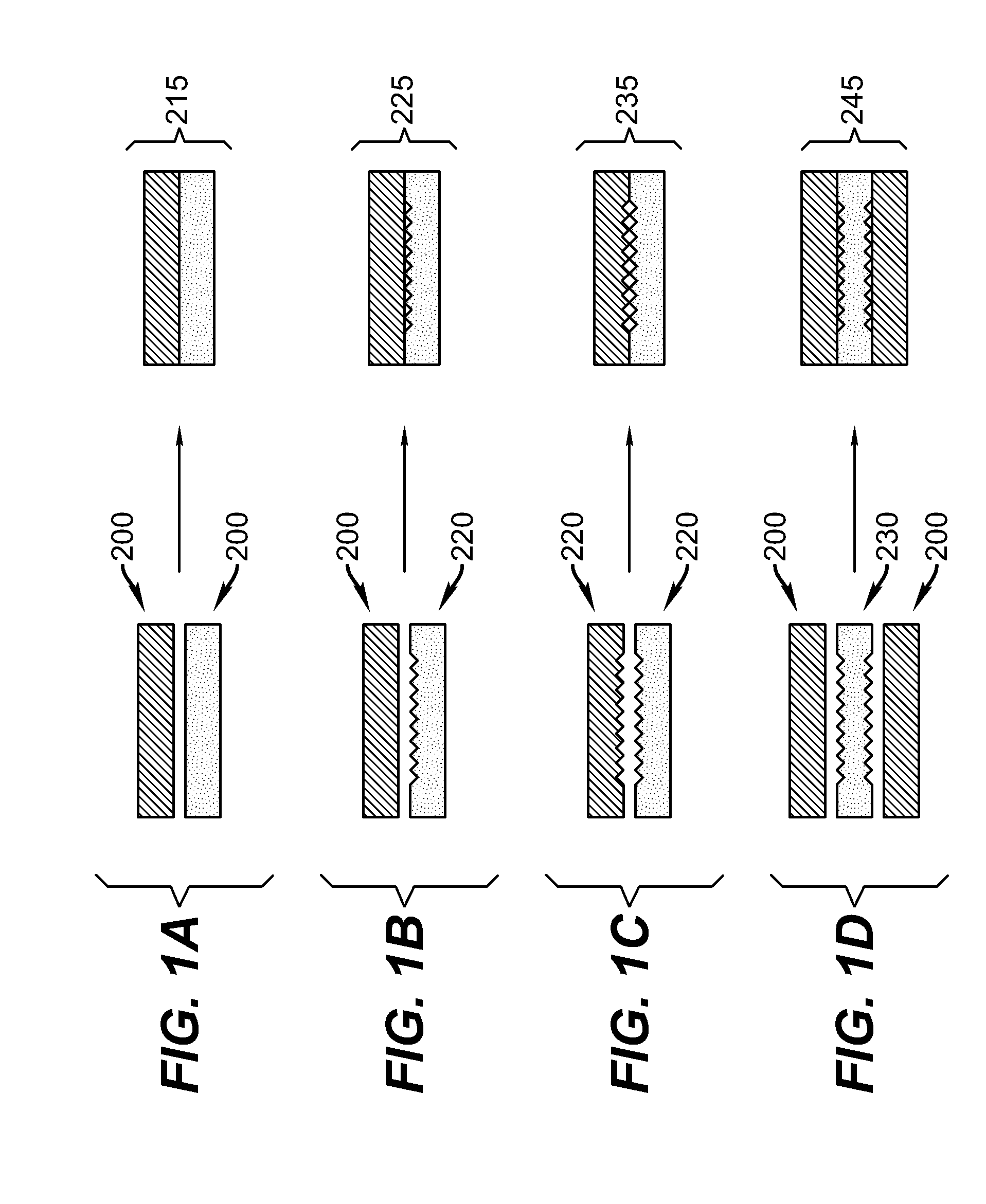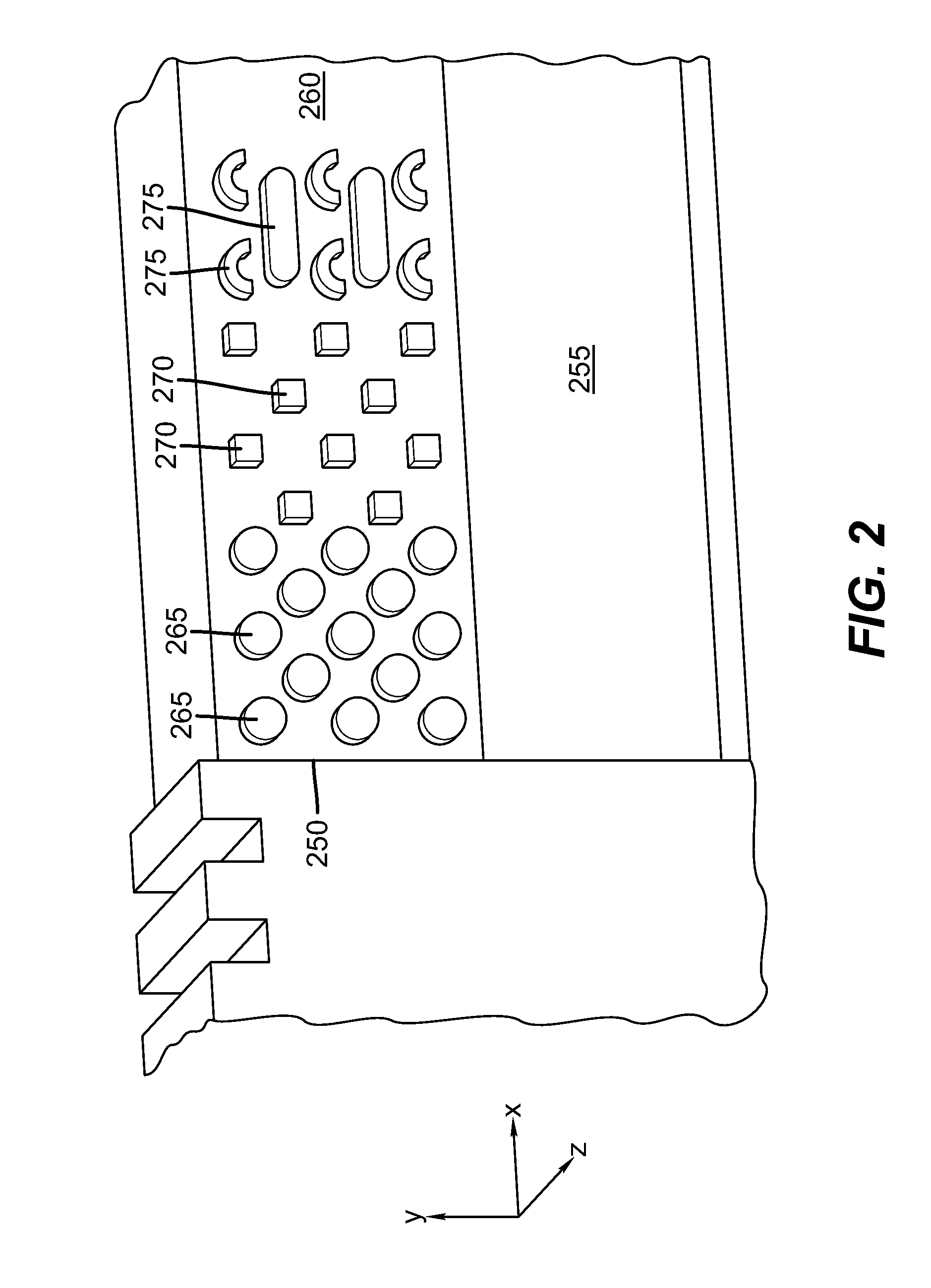Fluid conveyance system including flexible retaining mechanism
a technology of fluid conveyance and flexible retaining mechanism, which is applied in the direction of mechanical equipment, transportation and packaging, machines/engines, etc., can solve the problems of large amount of chemical vapor deposition reaction, difficult to avoid some direct reaction of different precursors, and relatively insensitive to transport non-uniformities, so as to minimize the time of an ald reaction, maximize the flux of chemicals flowing, and maximize the effect of chemical flux
- Summary
- Abstract
- Description
- Claims
- Application Information
AI Technical Summary
Benefits of technology
Problems solved by technology
Method used
Image
Examples
Embodiment Construction
[0083]The present description will be directed in particular to elements forming part of, or cooperating more directly with, apparatus in accordance with the present invention. It is to be understood that elements not specifically shown or described can take various forms well known to those skilled in the art. In the following description and drawings, identical reference numerals have been used, where possible, to designate identical elements.
[0084]The example embodiments of the present invention are illustrated schematically and not to scale for the sake of clarity. The figures provided are intended to show overall function and the structural arrangement of the example embodiments of the present invention. One of the ordinary skills in the art will be able to readily determine the specific size and interconnections of the elements of the example embodiments of the present invention.
[0085]For the description that follows, the term “gas” or “gaseous material” is used in a broad sen...
PUM
| Property | Measurement | Unit |
|---|---|---|
| mechanical pressure | aaaaa | aaaaa |
| pressure | aaaaa | aaaaa |
| flexible | aaaaa | aaaaa |
Abstract
Description
Claims
Application Information
 Login to View More
Login to View More - R&D
- Intellectual Property
- Life Sciences
- Materials
- Tech Scout
- Unparalleled Data Quality
- Higher Quality Content
- 60% Fewer Hallucinations
Browse by: Latest US Patents, China's latest patents, Technical Efficacy Thesaurus, Application Domain, Technology Topic, Popular Technical Reports.
© 2025 PatSnap. All rights reserved.Legal|Privacy policy|Modern Slavery Act Transparency Statement|Sitemap|About US| Contact US: help@patsnap.com



